Everyone says traveling the world and getting paid for it is a dream job — and they’re right! As a successful travel writer, I’ve traveled to 113 countries, flown first class, stayed at over 600 luxury hotels and have been published in all the top publications : Conde Nast Traveler, Travel + Leisure, New York Post, Travel Channel, Men’s Journal and more. Want to know the best tips on how to become a successful travel writer and make a living? As a successful travel writer, I’ll fill you in on all the secrets.
First, a little bit about me. I’ve been a travel writer for the past 16 years (!), starting out as freelance writer for Fashion Wire Daily’s travel section. I was then hired at Business Traveler magazine as a copy editor, which truly opened my world to the industry and helped me expand my network of industry contacts. I continued to write for many lifestyle magazines (from CITY to New York Resident), then I received my first big assignment with Travel Weekly, the leading travel trade magazine in America. It was a feature story on Hong Kong, and it truly kickstarted my career.

Immediately afterward, I became the main travel correspondent for BlackBook magazine, and editors everywhere started hiring me because I was generating clips and proving to be well-versed in travel. In my career, I have written for in-flight magazines (from American Way to Go), as well as national travel outlets, like Conde Nast Traveler, Fodor’s, Travel Channel and Travel + Leisure. It didn’t stop there. I continued to write for some of the biggest publications in the world, like Vanity Fair, Robb Report, the New York Daily News, Out, Passport, Zink, BBC Travel, The Telegraph, Men’s Fitness, Thrillist, Business Insider, CNBC, Bridal Guide … the list goes on. Note how I was able to diversify the type of outlets I write for to expand my network.
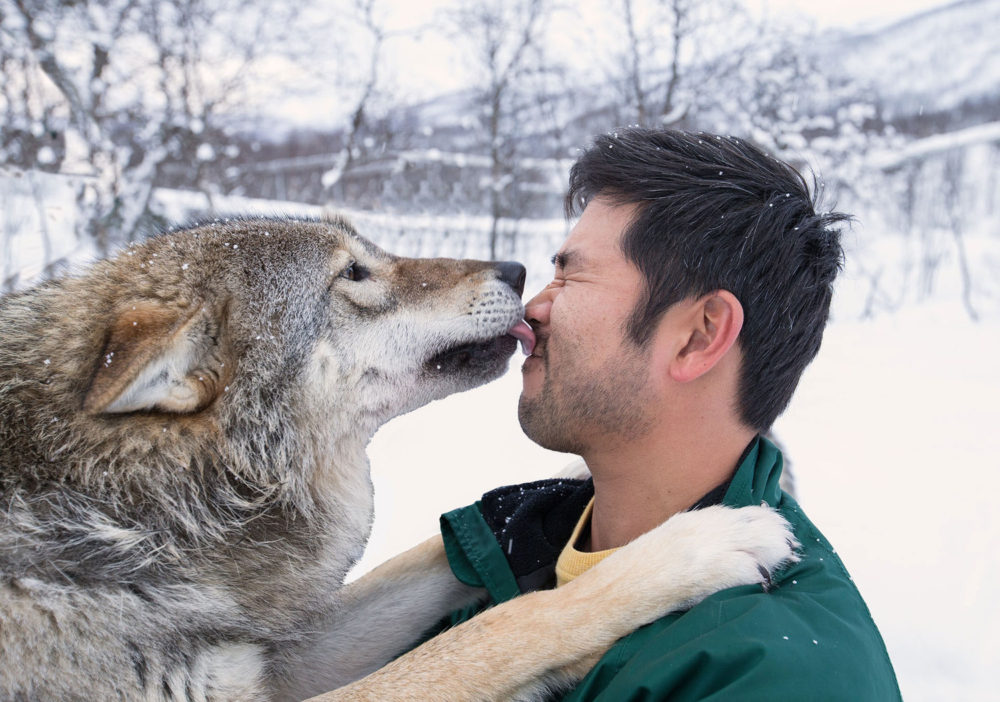
Being a travel writer (or “travel journalist,” as I like to refer myself as) isn’t easy, so I’m here to get you excited about the prospect of a flourishing career in the industry. Here are my best tips on becoming a successful travel writer and making a living from it.
Remember, my site Travelbinger is now on YouTube! Subscribe here for exclusive travel tips and advice from founder Jimmy Im. Follow us on Twitter, Facebook and Instagram for travel inspiration and exclusive tips.
Here are my 5 tips on how to become a successful travel writer.
-
Take travel writing seriously. It’s a career.

When social media became a “thing,” it made the travel writing industry a lot more competitive. Travel writers I know were losing their gigs since brands were paying influencers to come out and take photos for their social media profiles. Luckily, brands have started to see the value really is in the travel writing publications, so the situation is slowly going back to normal. That said, they want to bring out professional writers who write for big outlets.
Marketing yourself and developing a specialization or “brand” is a crucial component of developing a successful freelance writing career, especially at the beginning. You will have to network. It’s inevitable. I was fortunate to have made contacts from working at a travel magazine, but it didn’t mean l sat back and let my rolodex fill on its own. I had to make and keep contacts not only with industry individuals but also with publicists and other writers.

Editors will receive hundreds of pitches a week. Meeting them (or having a publicist or other writer recommend you) will help, but putting a face to your name gets the best mileage, and you can flaunt your personality. I didn’t get the TV gigs or most assignments by email.
You can also join a writing group, or start your own. Make friends on LinkedIn. Start belonging to the community and you’ll see how much it makes a difference. Connections won’t necessarily get you assignments, but they will convince an editor to spend an extra minute reading your pitch or at least help him/her remember your name for next time. America is the land of self-promotion – by embracing the business and marketing sides of this industry, you’ll only increase your opportunities.
This is truly the No 1. best tip to become a successful travel writer and make a living.
2. Get invited on press trips.

Everyone knows about travel’s dirty little secret: press trips.
A press trip is when a tourism board, airline, hotel chain, or PR agency with a travel client invites you to experience their destination or brand — and they pay the bill. That’s right. You don’t pay for flights, hotels, meals, activities — it’s all funded by the brand inviting you out. This isn’t specific to travel. This happens in every industry, whether beauty or cars. For instance, luxury car brands invite journalists to test drive a new car in an exotic destination.
Press trips are great because, again, you don’t spend a dime to travel to a new place, and you also get paid by the publications you write for. I’ve gone on trips worth $20,000—for free—and got paid for my time there by writing travel stories for various outlets because I was invited on a press trip.
The best way to get on a press trip? Have an assignment from a decent publication. How do you get an assignment? Networking/building relationships with editors, tourism boards, publicists and travel companies. Be a great writer and have some clips in some capacity (small newspaper, high-traffic blog, etc) and/or be likeable. Remember: publicists are our friends, and we can’t do our jobs without them (and vice versa).
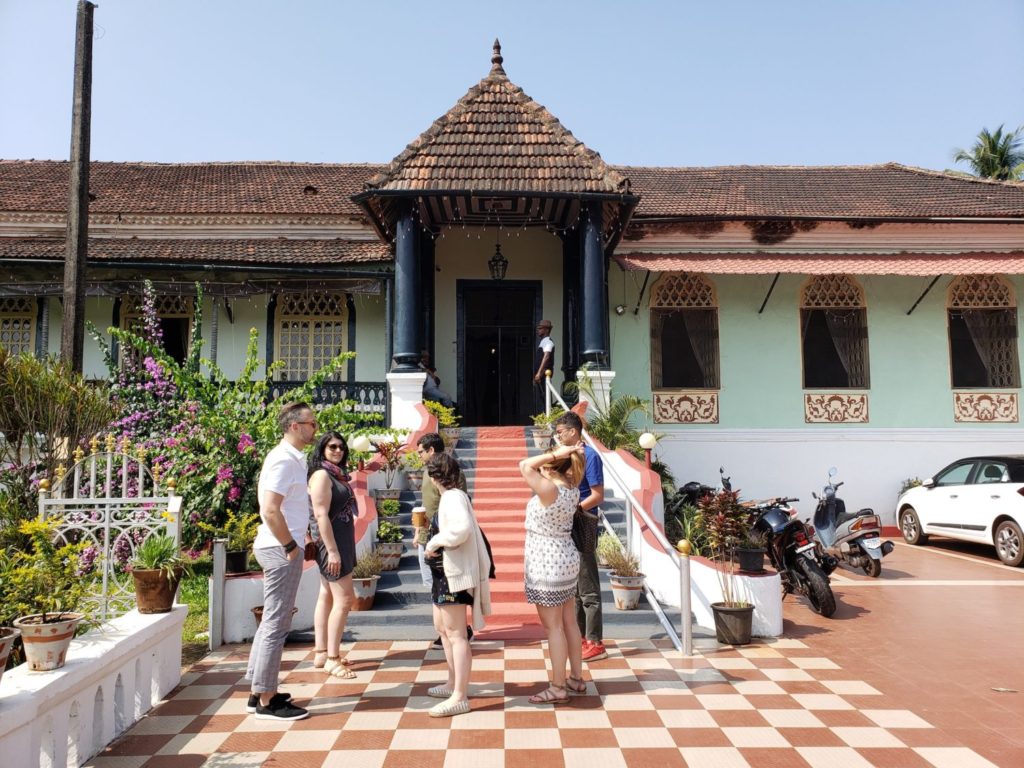
I got on some press trips because the publicist just loved my enthusiasm and professionalism, and yes, I got on press trips because they vouched for me, even if I didn’t have an assignment. That’s another tip. Sometimes publicists will find it hard to get A-list journalists on a press trip, so they go to their B-list journalists. If they can’t make it, they get inventive. Just because you don’t have clips doesn’t mean you won’t be invited. Obviously, having clips significantly increases your chances, but there are occasions it doesn’t. That’s why I say be persistent.
How do you get clips when you’re starting out now? Be committed. As long as you’re committed, it will happen. I can’t even tell you how many of my former travel writing students with absolutely no travel experience or clips now go on press trips. It is very possible, and I am also living proof. You have to start somewhere.

The reason press trips really exist is because everyone knows travel writers can’t afford the type of trips they’ll write about, so tourism boards and sponsors make it easier for you to travel there. In return, you’ll write a story for an online publication or a magazine, and you save them money from buying an ad.
For example: Let’s say Miami Tourism was having a press trip. They invite you out to experience the best new hotel, best new restaurants and coolest attractions. In the end, they spent $2,000 total for you to have that experience. The story that you write for a major magazine is essentially an ad, which saved them $50,000 on buying an actual ad. Do you see how everyone wins in this equation?
Press trips are part of the travel writer’s life. With press trips, you can honestly travel the world for free without spending a dime—and get paid for your stories.
3. Find your beat.
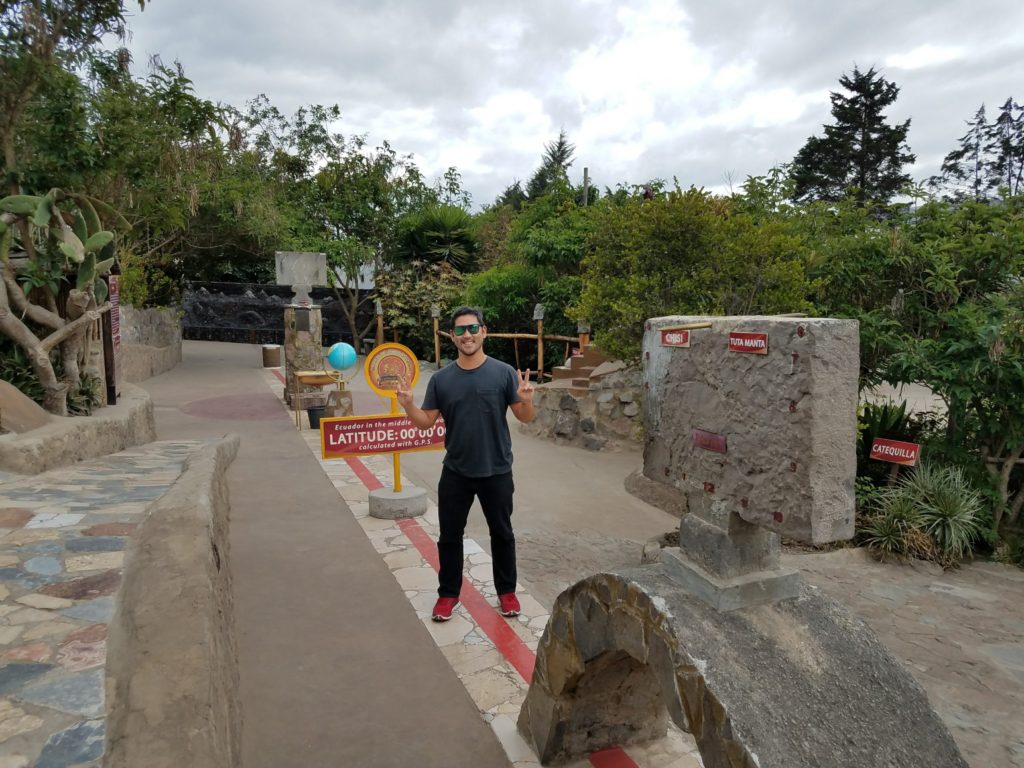
It makes good business sense to start developing and cultivating specific beats. In travel writing, beats mean specific geographic areas of interest and expertise, as well as topics or particular aspects of the industry, like “luxury hotels” or “Caribbean” or even culinary scenes.
I would like to say I don’t have a particular geographic beat as I have a not-so-strict, no-repeat-destination policy. There are destinations that I will inevitably return to, however, like Mexico. Mexico tourism is a huge advertiser for some of my outlets, so we offer a lot of coverage. I’m also island hopping quite often (Caribbean, Hawaii, Asia, Pacific) so some editors know to come to me first when considering island stories.

So start developing your knowledge base, and growing your areas of specialty. While many writers end up covering a wide gamut of stories, if you have a reputation for truly understanding the aviation industry or knowing the Caribbean like the back of your hand, you’ll not only have more luck pitching editors, but they’ll start calling you.
Another advantage is beat writing is more time– and cost-effective: if you’re an expert on Greece, you can pitch multiple story ideas to differentiated publications and cover all your articles on one set of travel expenses. You’ll spend less time on background research for stories, you’ll know all the trends, you’ll know which publications have published what on Greece, and you’ll already be familiar with all the sources (who will come to know you and gladly provide info or be interviewed).
In any case, keep this tip handy, for this is one of the best tips for becoming a successful travel writer.
4. Keep plugging away.

No writer is able to sell every idea. Much of the work is consistently churning out new hooks, angles, and takes on stories and bringing attractions, sites and properties to the attention of editors. Only some pitches will lead to assignments, and some may come far down the line. Being a successful freelancer means not getting discouraged but persevering.
You can always take that idea and pitch it to another publication (with whatever tweaks are necessary to make it appropriate, of course), or come right back with another idea. Editors like to see writers who are brimming with ideas and present themselves as well-informed and in-the-know. Remember: be creative and unique. You’re not the only one pitching, so you want to stand out.
5. Get snap happy.

This is travel writing, not a photography post, but a good travel writer should understand what photo editors do and how important photography is to travel coverage. This is hugely important.
When you look at magazines, start thinking about how copy and photos interact. Think visually as well as verbally. And get in the habit of taking your own photos: Even if it’s only a small snapshot, you might have the only photograph of a new beach bar in the Bahamas that any editors at a publication will see. I have also been surprised repeatedly by how many properties that have PR firms representing them don’t have compelling images available. Concentrate on writing, but also get out a camera and start thinking about how photographs are composed, what details are intriguing. Increasingly, as editors look to cut costs, they will ask writers to multi-task and take photos (cutting out the cost of a photographer).
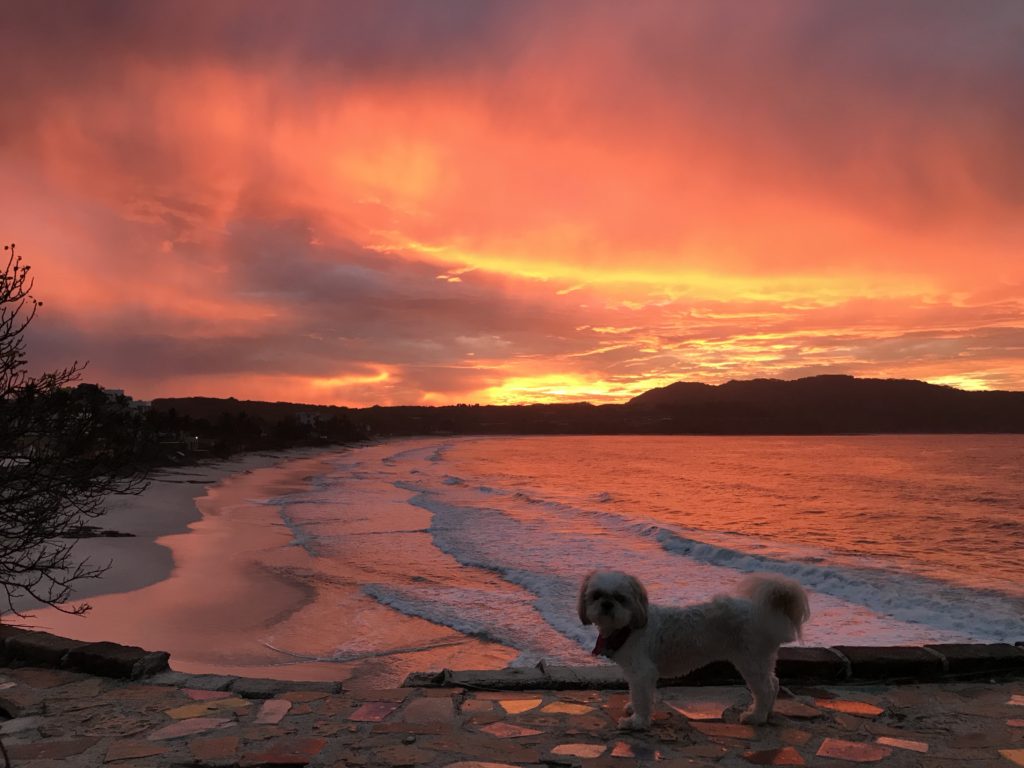
I know plenty of freelancers who convinced editors to give them an assignment by adding, “I can provide photos as well.” Even if none of your photographs are ever published, your snapshots can help editors decide whether your story should run at 300 words with one image on half a page, or at 600 words with several smaller images—thereby offering the opportunity for you to suggest the longer option.
As a bonus, with camera phones, you can snap pictures to help calibrate your memory with your note taking. If your handwriting’s anything like mine, you’ve been known to stare at your papers post-research muttering about the chicken scratch. But if you snap a photo of that particular seaside cafe, and note that next to your notes, you’d be surprised how the visual aid will bring additional memories and details flooding back.
6. Perfect your pitch letter.

The pitch letter will make you or break you. OK, that’s harsh, but it is extremely important. A pitch letter is exactly what you think it is. It’s a story idea (pitch) you send an editor in the hopes they assign you a story.
How important is the pitch letter? Well, think about the hundreds of other writers sending pitches to that same editor in a week. Your pitch has to be perfect. You will have to prove you’re the best person to write the story (authority), you know your subject (knowledge), your subject is truly engaging and fresh (unique) and that you can meet the deadline, get photos, acquire interviews if necessary (professionalism).
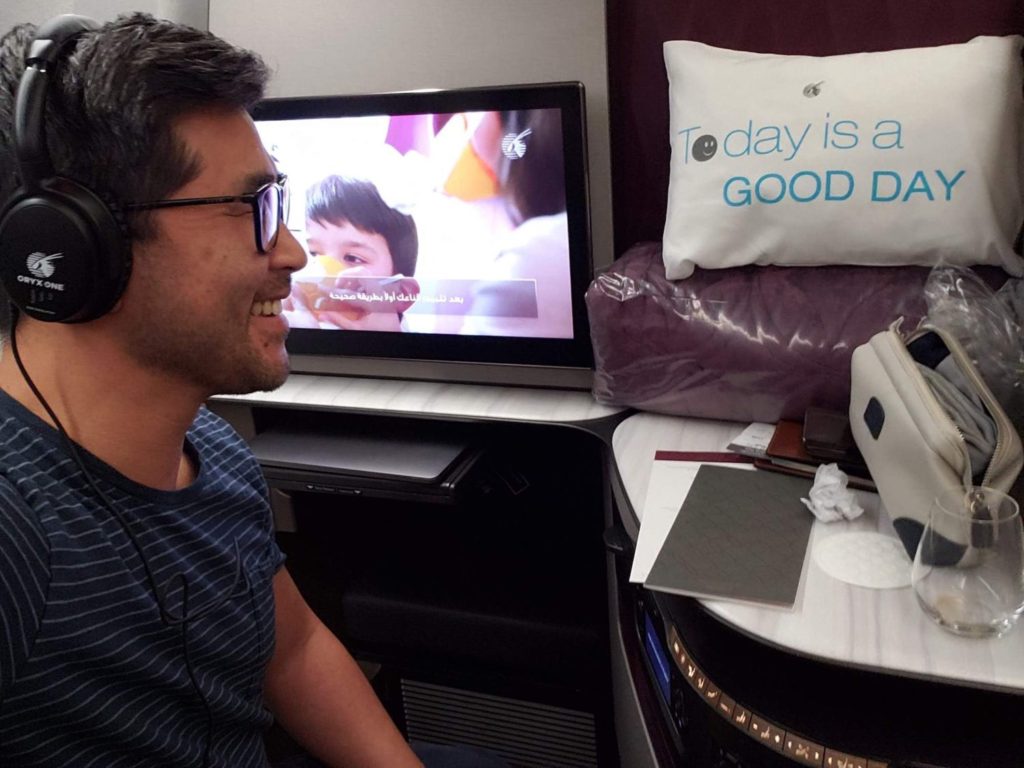
Yes, it is a lot harder to score a gig if you’re just starting out, but as long as your pitch is unique, smart and professional, you’re off to a good start. Often, the editor won’t write back, and that’s OK. Do you stop writing him/her? No. You can continue to pitch a different story idea when that comes around, and he/she will see how serious you are.
When writing a pitch letter, you have to put yourself in the editor’s shoes. If you were the editor, and you were receiving your pitch, would you think it makes a great story for the readers of your publication?
If you want to be a great travel writer, you *must* get in the habit of writing great pitch letters. That’s a tip you should always remember. In fact, one of my best tips to becoming a successful travel writer and making a living is that you write compelling pitches.
Hopefully, these tips will help you on your journey to becoming a successful travel writer. Travel writing is hard work, but the perks are fantastic (obs), so take time to really understand how it works, and I’ll see you on the road!
Travelbinger is proud to be a publisher with Google News and Apple News.
Some of the links in this post are affiliate links. If you click on the link and purchase the item, I will receive an affiliate commission. Please do! I’m a one-man team for this website, so any help is sincerely appreciated.
Travelbinger is now on YouTube! Subscribe here for exclusive travel tips and advice from founder Jimmy Im. Follow us on Twitter, Facebook and Instagram.
More stories:
After 12 years in Manhattan, I moved to Brooklyn. Here’s why.
Zipcar review: My car sharing rental was full of unfortunate surprises
12 reasons why you should fly first class on your next flight
Jimmy Im has traveled to 113 countries, stayed in over 600 hotels and has flown a million airmiles. He lives in New York City.


I am a consultant editor and looking for opportunities to be a travel writer as travelling is my passion. looking to work for conde nast please guide how can I?
Lovely article, more so when it is uplifting to see and figure out a few benefits of being a traveller who can write well and deep.
Thanks for sharing. Goa, The Taj looks beautiful
Narayan x